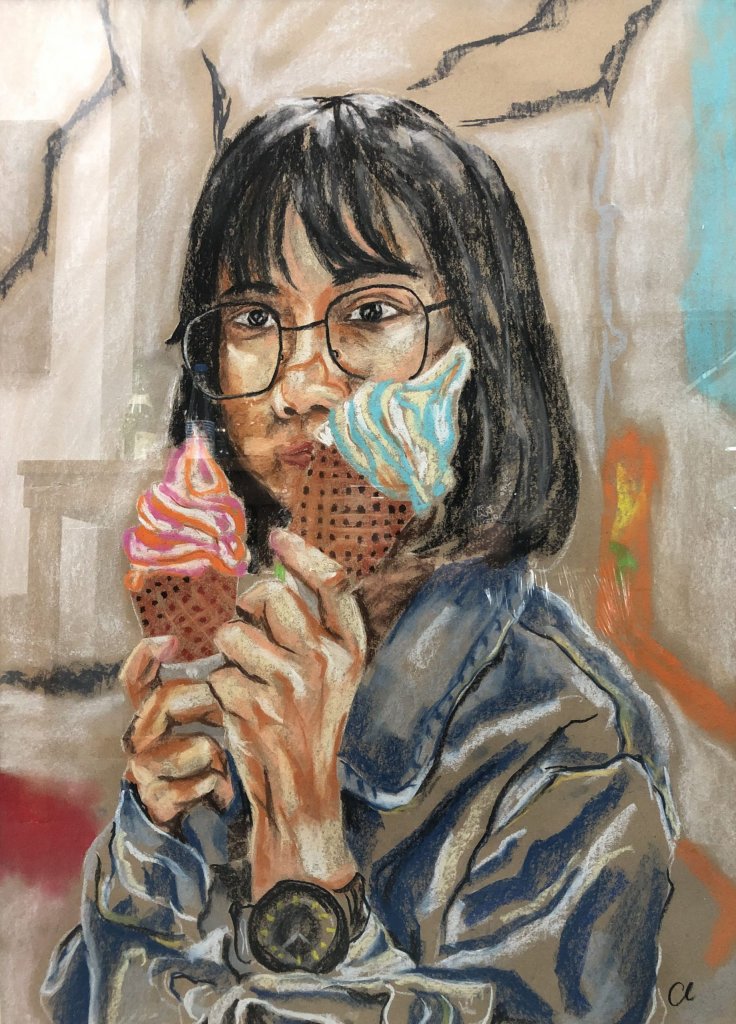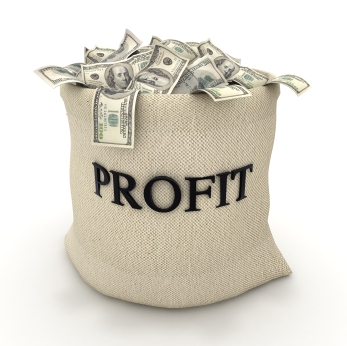
Art has been around since the beginning of time, and people have always found value in it. But fine art has always held a special place in people’s hearts. Fine art refers to the creation of art that is intended to be appreciated for its aesthetic and emotional appeal. Investing in fine art has been a popular way for people to put their money to work. In this blog, we’ll explore some of the reasons why people invest in fine art.
Diversification of Portfolio

One of the main reasons why people invest in fine art is to diversify their portfolio. The stock market can be volatile, and investing in art can offer a safe haven for those who want to minimize their risk. Art prices tend to remain stable or appreciate over time, making it an excellent long-term investment. Investing in art can also provide a hedge against inflation, as prices tend to rise with the cost of living. Additionally, investing in art can offer a diversification of asset class, making it a good choice for those looking to balance out their investment portfolio with tangible assets.
Tangible Asset
Another reason why people invest in fine art is that it is a tangible asset. Unlike stocks, bonds, or other financial investments, art is something that you can see and touch. This makes it a popular investment choice for those who want to have something physical to show for their investment. Fine art can also be passed down from generation to generation, making it a family heirloom that can be treasured for years to come. In addition to the emotional value, the tangible nature of art can also provide security in times of economic uncertainty.
Personal Enjoyment

While some people invest in art purely for financial reasons, others do so because they enjoy it. Investing in art allows individuals to surround themselves with beautiful and inspiring pieces that bring them joy. Many collectors have a personal connection to the art they collect and enjoy the process of hunting for new pieces to add to their collection. Investing in art can also be a way to support the artists who create it, which can be rewarding in itself. By investing in the artists’ works, collectors can help to support their careers, encourage their creativity, and contribute to the artistic landscape of their communities.
Status Symbol

For some, investing in fine art is a way to show off their wealth and status. Owning a valuable piece of art can be a status symbol, especially if the piece is well-known or highly sought after. Art collectors may display their collections in their homes or offices as a way to impress guests or clients. Owning art can also be a way to participate in the cultural conversation, as art has always been a reflection of the society and culture in which it was created. Additionally, owning a collection of art can also be a way to connect with other collectors, artists, and enthusiasts, providing opportunities for social networking and community building.
Potential for Profit

Finally, one of the primary reasons why people invest in fine art is the potential for profit. While investing in art should never be solely about making money, many investors are drawn to the potential returns. The art market has historically performed well, and many investors have seen significant returns on their investments. However, it’s important to note that investing in art requires significant research and expertise, and there are no guarantees of profit. Additionally, investing in art often requires a significant financial investment, making it important to carefully consider the risks and potential returns before making any investment decisions.
In conclusion, investing in fine art can offer a variety of benefits, from diversifying investment portfolios to providing personal enjoyment and serving as a status symbol. While investing in art requires significant research and expertise, the potential for profit and the emotional
A Pillar of Strength in Golden Years: 10 Paths on How Regular Screenings Uphold Your Health
In the evocative voyage of life, the golden years emerge as a time to relish the fruits of decades of labor, to bask in the
Unlock the Secret to Sweet Dreams: 10 Ways of Enhancing Sleep Quality as You Age
Share on facebook Facebook Share on twitter Twitter Share on linkedin LinkedIn Share on pinterest Pinterest Share on telegram Telegram Share on whatsapp WhatsApp Share
Building Bridges, Not Walls: 10 Methods of Mastering the Art of Cultivating Social Connections in the Golden Years
Share on facebook Facebook Share on twitter Twitter Share on linkedin LinkedIn Share on telegram Telegram Share on whatsapp WhatsApp Share on email Email Share
Navigating the Golden Years: 10 Ways to Achieve Emotional Wellness and Conquering Loneliness
Share on facebook Facebook Share on twitter Twitter Share on linkedin LinkedIn Share on pinterest Pinterest Share on telegram Telegram Share on whatsapp WhatsApp Share
Stay Brainy in Your Golden Years: 10 Fun Activities to Keep Your Mind Sharp and Engaged!
Hello, brain buffs! Aging might be inevitable, but letting our minds turn to mush? No way, José! Time to boot up those brain cells and
10 Effective Exercise Routines for Older Adults: Low-Impact Fitness Options
Of course, maintaining physical health is crucial at any age, but especially so as we grow older. Here are ten gentle, effective, and friendly exercise